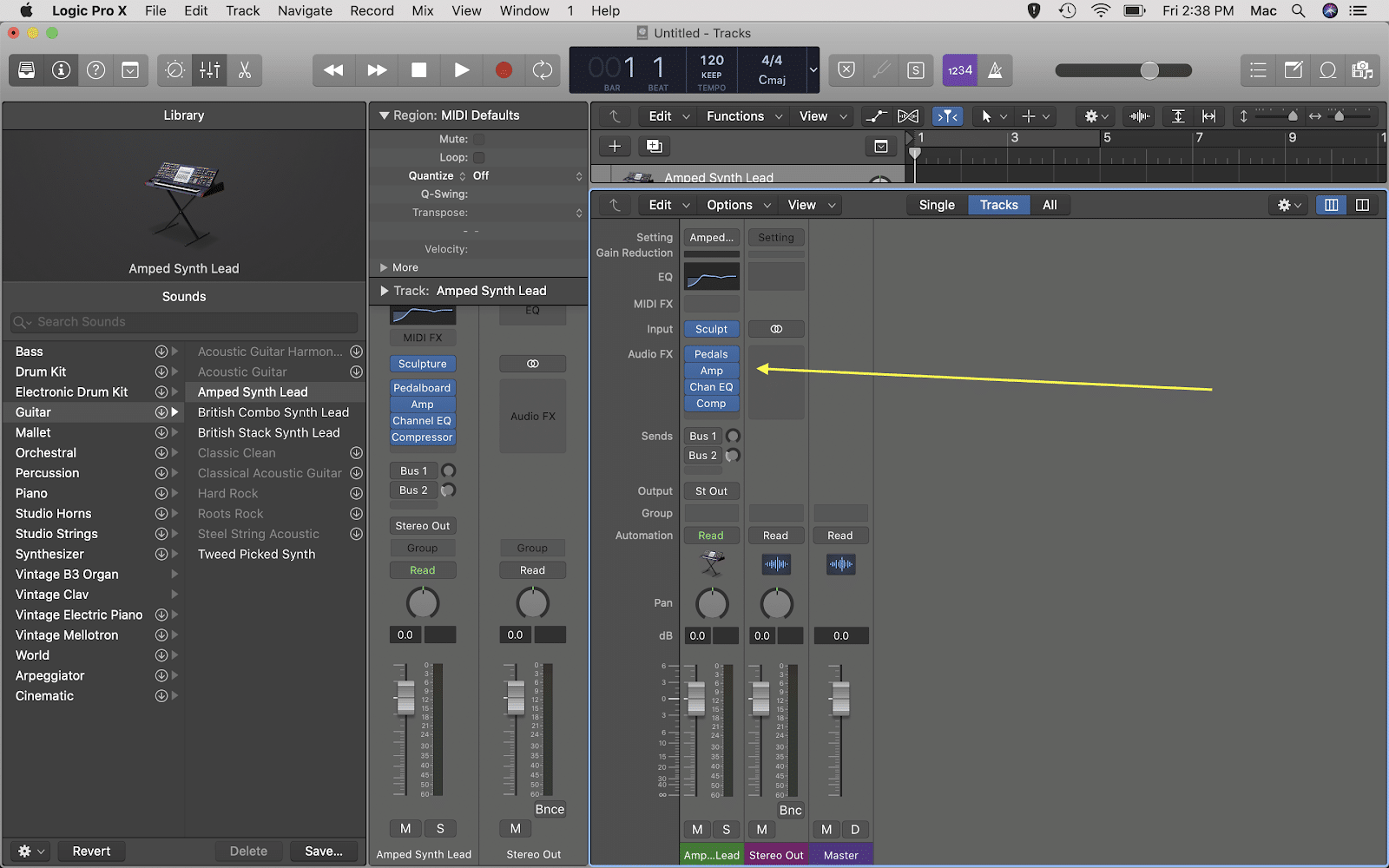Having resisted requires it for an extra a decade of support and a half, Reason Propellerhead has finally decided to add VST plugin assist to its Reason DAW. This will arrive as part of model nine.5, which’s presently in beta and might be released on 29 May.

Initially a very self-contained piece On Dav of song manufacturing software, Reason was given a stage of expandability in 2012. Propellerhead introduced its Rack Extensions era, which allows 0.33 birthday celebration builders to create instruments and outcomes for it. This will continue to be supported; however, Reason will also be compatible with the most famous plugin standard in the world.
Related Articles :
- SOTI announces Assist, combined mobile device remote control and
- Build Your Own Website Easily With WordPress
- Apple reportedly hired a developer known for making
- Reasons for Selecting an Apple Mac PC
- Protecting the Data on Your Mobile Devices Security on the Go:
You’ll have the ability to tug and drop VST plugins right from the Reason browser, use CV with them, upload Player gadgets, and put them in Combinators with Reason devices and Rack Extensions. Any tool or impact that’s VST 2.4-compliant has to be like-minded. There’s automatic plugin delay repayment, even though you may also set this manually on every mixer channel in case you’d instead. Reason 9.Five might be a loose update for all Reason nine owners, who also can sign on to beta test the discharge right now. Find out extra on the
A Good Swing Starts with a Strong Base of Support
A good golf swing starts with a strong support base (hips, pelvis, and lumbar spine). A highly conditioned base of support will provide stability throughout the swing and allow forces to be effectively transferred from the legs through the hips to the upper body to produce optimal power and control. A strong base helps protect the joints and other supporting tissues against the strong compression, shear, and torsion forces during the golf swing. Unfortunately, several factors predispose the golfer to develop poor postural patterns and muscle imbalance that result in a weak base of support.
For much of our young lives, we were stuck sitting in school hunched over our desk. Finally, we finish school and begin our careers. Many of us now find ourselves spending excessive time in our cars or sitting in poorly designed chairs hunched in front of a computer. Over time we are conditioned to have tight hip flexors and a lazy posture. Poor posture and muscle imbalance decrease musculoskeletal efficiency and disrupt communication within the neuromuscular system.
Short tight muscles display a lower activation threshold, meaning they fire at times when they should be less active or inactive. Over-activation of dominant muscles leads to decreased neural control to their opposing muscles. Stated, “when one muscle becomes tight and overactive, its opposing muscle becomes loose and lazy.” Tight dominant hip flexors create weak and lazy hip extensors (gluteals)and set off a dysfunctional chain reaction.
Tight hip flexors pull the pelvis into a forward tilt leading to excess curvature of the lumbar spine. As a result, the abdominal wall muscles lengthen and weaken while the muscles of the lumbar spine get short and tight. This pattern also disrupts our body’s lateral stabilization system. The hip abductors (muscles that move the legs away from the center of the body) and their opposing adductors (muscles that move the legs toward the center of the body) work to stabilize the pelvis during lateral movement.
Inefficiency in this lateral stabilization system inhibits coordination and hinders proper weight shift through the golf swing. So what we are left with are weak hip extensors (gluteal muscles) that can’t drive the hips through the swing, dominant hip flexors that won’t allow the hips to open to allow a full turn, tight spinal flexors that are forced to do the work of the weak hip extensors, but are too tight to make a full rotation.
A lack of coordination is needed to make consistently good ball contact. Most golfers spend hours at the driving range reinforcing and strengthening this dysfunctional pattern to make matters worse. Is it any wonder the average golf score hasn’t dropped in decades? To break this pattern of dysfunction and build a strong base of support we must first establish coordinated muscle firing among the deep stabilizing abdominal musculature.
The hip flexors and extensors, hip abductors and adductors, spinal flexors, extensors, and rotators. This is accomplished by activating and strengthening weak and inhibited muscles and stretching the tight and dominant muscles. Once these muscles are re-educated and coordinated muscle firing is established, we can build optimal strength and power.
The first step in this process is the development of the deep abdominal and pelvic musculature. This is done by mastering the abdominal brace. The abdominal brace differs from the traditional abdominal training that encourages “abdominal hollowing,” a.k.a. the “draw in” maneuver. With the “draw in” maneuver, we are told to pull or draw our belly buttons towards our spines. Research has shown that drawing in actually lessens abdominal activation and decreases lumbar – pelvic- hip stability.
The abdominal brace is an isometric contraction of the abdominal muscles meaning the abs are neither pulled in nor pushed out. This maneuver should be the first step of every exercise as it is the foundation of lumbar, pelvic, and hip stabilization. The following exercise will allow you to master this movement, re-educate the lower abdominal wall, and allow the deep pelvic stabilizers to fire efficiently.
